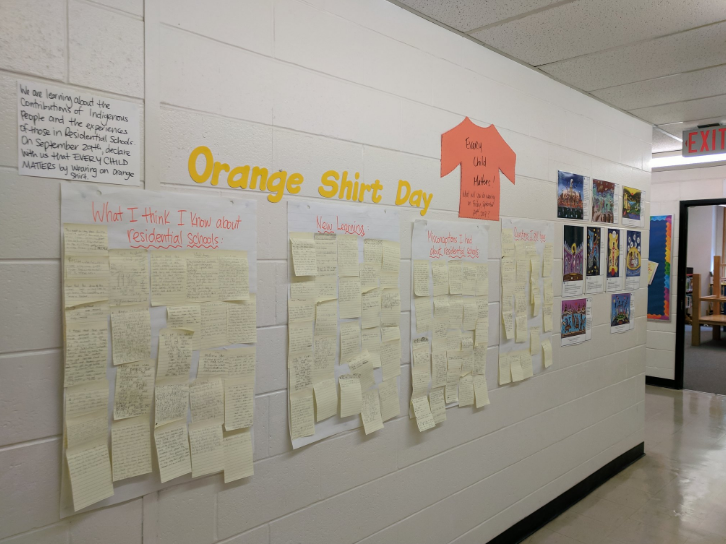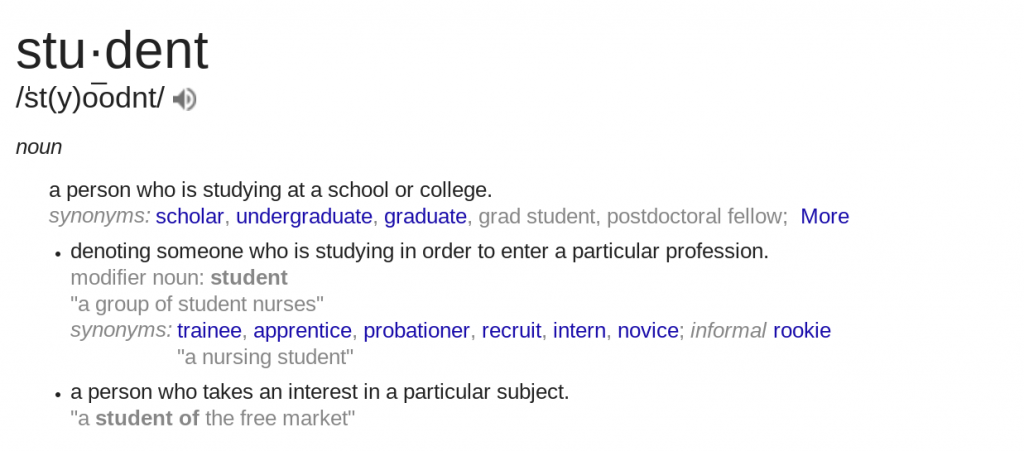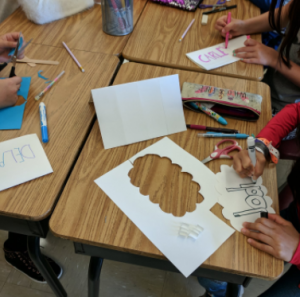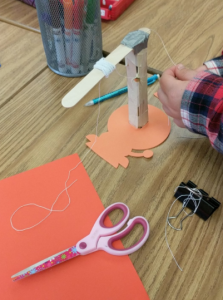 In my last post, I blogged about attending and presenting at workshops. And well…perhaps I should have waited a few weeks before sharing about that topic. Hindsight is always 20-20 and I’m grateful for the opportunity to share with you on this topic once again.
In my last post, I blogged about attending and presenting at workshops. And well…perhaps I should have waited a few weeks before sharing about that topic. Hindsight is always 20-20 and I’m grateful for the opportunity to share with you on this topic once again.
That being said, I must admit that I am coming off of a high that I haven’t had the pleasure of experiencing enough of as of late. This past Monday and Tuesday, I had the privilege of participating in ETFO’s The Workshop Presenter’s Palette. I walked in not knowing quite what to expect but prepared to work on something and in all honesty, quickly realized that I was really working on myself. I’ve said it before, I love sharing the work that I get to do with amazing students and this session was really for me to be able to improve on something that I already enjoy doing.
 Much thanks to the “Terrific ETFO Trio” – Ruth Dawson, Joanne Myers, and Jane Bennett. Not only was it inspiring to watch these 3 women share strategies – with intentionality – but I also felt as though they gave to us on every level. From remembering our names to making sure there were yummy treats, they hosted us so well and reminded me of the importance of making my audience feel as though they matter every time that I present. I walked away wishing that I had more time to sit down and learn from them. Thank you!
Much thanks to the “Terrific ETFO Trio” – Ruth Dawson, Joanne Myers, and Jane Bennett. Not only was it inspiring to watch these 3 women share strategies – with intentionality – but I also felt as though they gave to us on every level. From remembering our names to making sure there were yummy treats, they hosted us so well and reminded me of the importance of making my audience feel as though they matter every time that I present. I walked away wishing that I had more time to sit down and learn from them. Thank you!
Now you’re probably wondering what was so magical. Well, here are a few tips that I picked up over the 2 days. Now I can’t go giving away all of their amazing secrets, you’ll have to stay tuned and try to get in on the fun next year.
The Environment Makes A Huge Difference
We were in a large room with great acoustics so it was clear to hear the presenters. Everything was already set up for us and it was inviting because it made me feel as though they were welcoming me not just a group of people. If you know who your audience is and have time to prepare for them in advance, do it! Make it obvious that you have thought of them in planning your session.
Not sure who will be joining your session? Not to worry. Play some music. I learned that the number of beats matters. Aim for 120 beats per minute. It’s uplifting and raises the energy in the room. Consider playing a game to get started. We started with a Meet Three activity where we were asked to meet 3 new people and were given prompts for each new person we met. Each prompt was timed and eased participants from a place that was familiar to them – what they plan on doing over the holiday – to the deeper purpose of the workshop – what made a workshop memorable.
When I say that there was intentionality behind every part of the workshop, there really was. Down to the variety of tools to get the attention of participants such as clappers and other noise makers. I felt heard, never screamed over but gently brought back to the larger conversation. Small things that made a huge difference in the learning space.
Help A Friend!
Ever been in a session where people were offering feedback on something you were creating? Have you ever gotten the feeling of being overwhelmed by capturing all of the amazing feedback? Well, I think I was just given the solution. We were asked to get into Mentor Groups where we shared our workshop ideas and were given the opportunity to get feedback and answers to some of the questions we may still have about our work. Rather than frantically trying to write down the wealth of information shared, the person to the right of the presenter took notes while the presenter was able to actually engage in active listening. Sound simple? It really is and believe it or not, I never thought of it. I think this is a strategy that I will take back to the classroom and use with students in peer feedback sessions.
Equity
Language matters and the idea of intention vs. impact was made so clear to me. No matter my intentions, the impact of my words is what participants and those around me actually feel. Adam Peer was our presenter for this portion of the day and he addressed the importance of being conscious of the images that are shown in our sessions. Do they show the diversity that exists in terms of abilities, skin colour, religion, age, family, and genders? Still saying girls and boys or ladies and gentlemen? Consider using children, everyone or using the person’s name instead.
I feel as though I’ve just touched the surface of all that was incredible about this 2-day session but at the same time given away a few tips that you may chose to take back to your classrooms or even workshops. I’m refreshed and excited to implement my learning into my sessions and classroom. Remember to stay tuned to ETFO’s Upcoming Events to sign up for amazing PD that is sure to change your life.



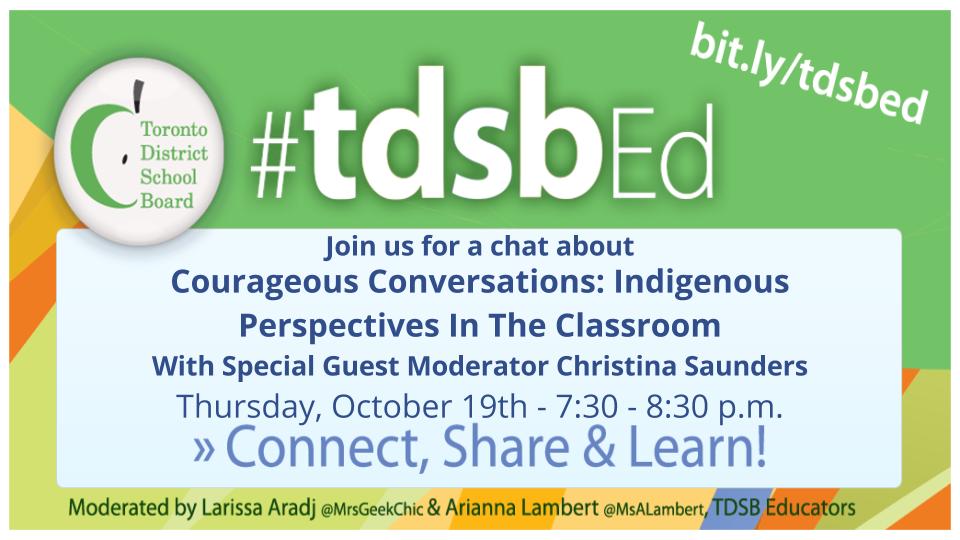
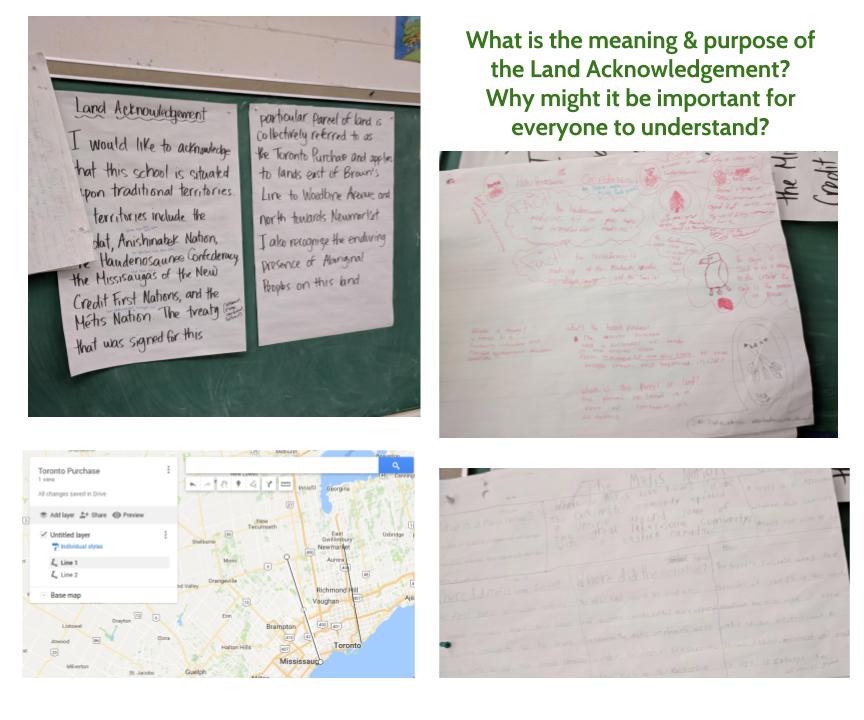 In my class this year, I’ve made it a goal to ensure that Indigenous perspectives are reflected in both my teaching and in our learning space. In the past I’ve struggled with months or days to celebrate a particular heritage or cultural group because I find that it leads to tokenism. While there is value in that celebration, I wonder how we might be able to go beyond and infuse this learning into our everyday experiences with students. I’m learning the importance of valuing inquiry as students start to investigate for themselves diverse experiences within Canada. Earlier this year, we read
In my class this year, I’ve made it a goal to ensure that Indigenous perspectives are reflected in both my teaching and in our learning space. In the past I’ve struggled with months or days to celebrate a particular heritage or cultural group because I find that it leads to tokenism. While there is value in that celebration, I wonder how we might be able to go beyond and infuse this learning into our everyday experiences with students. I’m learning the importance of valuing inquiry as students start to investigate for themselves diverse experiences within Canada. Earlier this year, we read 